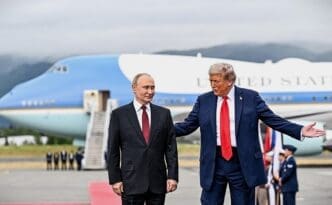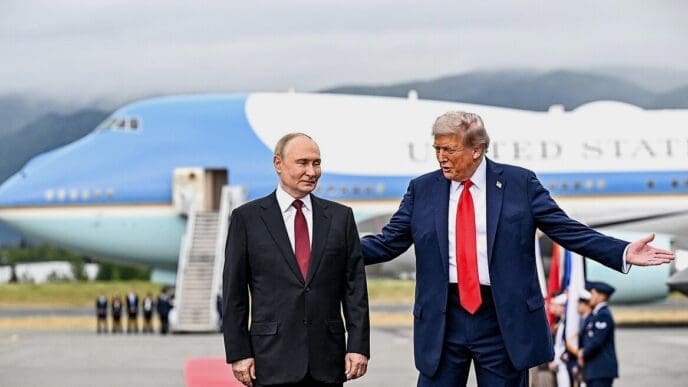President Donald Trump's trade policies are prompting European central banks to adjust their economic strategies, notably through lowering interest rates, in an effort to counteract the effects of the ongoing trade war. Central banks in Switzerland, Sweden, and Norway have implemented interest rate cuts this week, following similar actions by the European Central Bank and the Bank of England. These moves come amid a backdrop of reduced growth forecasts and weakened economic confidence caused by uncertainty in trade relations since President Trump's tariff policies were announced.
In contrast, the U.S. Federal Reserve has maintained its current interest rates, despite acknowledging the pressures on the American economy. This decision is largely due to concerns that Trump's tariffs will lead to higher inflation rates. Federal Reserve Chair Jerome Powell has stated that inflation is expected to rise due to tariffs, as their costs eventually pass to consumers. The Fed aims to keep inflation expectations anchored and avoid long-term inflation issues, choosing to hold the federal funds rate between 4.25 and 4.50 percent.
The disparity in approaches between the U.S. and European central banks has led to frustration from President Trump, who publicly criticized Powell's cautious stance. Across Europe, the initial impact of tariffs has been deeply felt in the export sector, leading to a slowdown in economic recovery efforts. As a result, countries like Norway have shifted their monetary policies, with Norges Bank indicating potential further rate cuts within the year. The Bank of England and the European Central Bank have also signaled ongoing adjustments to their rates to manage their respective economies.
In addition to affecting growth and inflation, Trump's policies have altered the dynamics of currency valuations. The U.S. dollar has weakened against major European currencies, making imports cheaper and influencing disinflationary trends in Europe. Central banks, such as the Swiss National Bank, are now considering further adjustments to interest rates to address these shifts. The broader narrative reflects a complex interplay of global economic forces influenced by trade tensions, with European and U.S. monetary policies diverging in response to these challenges.














